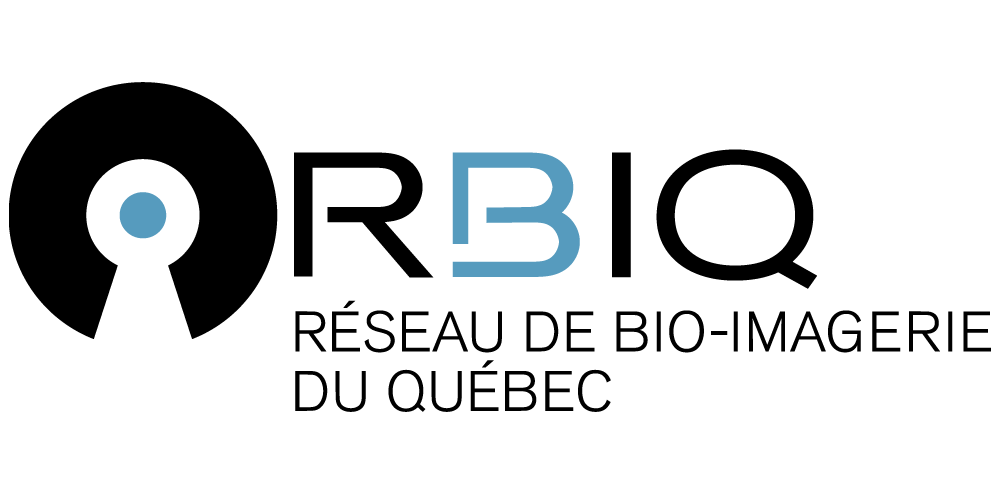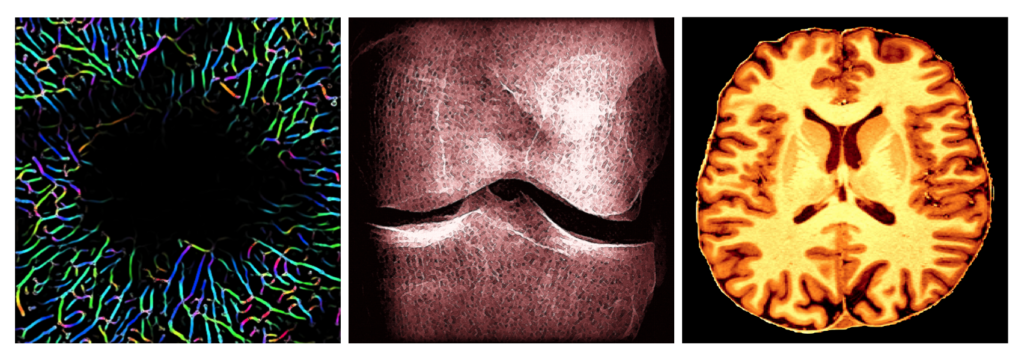Par Carlos Gevers-Montoro and Zoha Deldar / 2021-02-18
Cet article est en anglais
L’art procède du cerveau et non du cœur. – Honoré de Balzac 1799–1850
While art and science are often presented as opposing forces in today’s world, the aim of the two disciplines has always been fundamentally the same: to provide a representation of the real world. This intricate link between art and science becomes more obvious as we look to past discoveries that were made before the invention of modern scientific technologies that help us capture reality, in a time when it was in many ways necessary for scientists to be artists as well. From greek mathematicians and philosophers such as Pythagoras, Aristotle and Euclid debating music theory and the golden ratio, to Leonardo da Vinci’s Vitruvian Man, the identity of the artist-scientist has been embodied by many throughout history.
The link between art and science is especially clear in the visual domain, where artistic and scientific images alike can be beautiful, informative, and engaging in countless ways. The biological sciences and the field of bio-imaging in particular, give rise to scientific images that are often ripe with aesthetic value. From the microscopic to the macroscopic levels, scientific images of all types can capture the beauty and intrigue of scientific discovery. Even images that are not necessarily visually beautiful can stimulate curiosity and evoke emotions, and have long been used as a powerful means of teaching and communicating scientific discoveries and reaching a broader audience.

